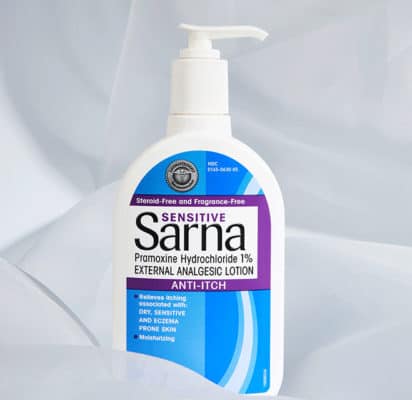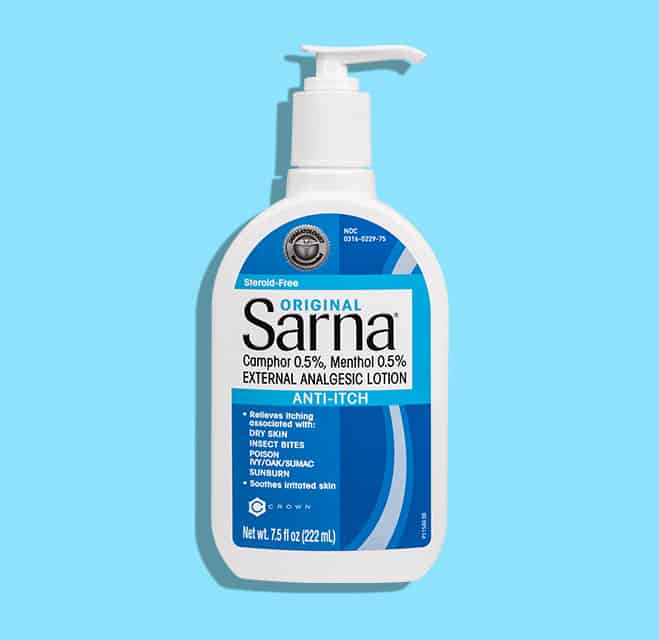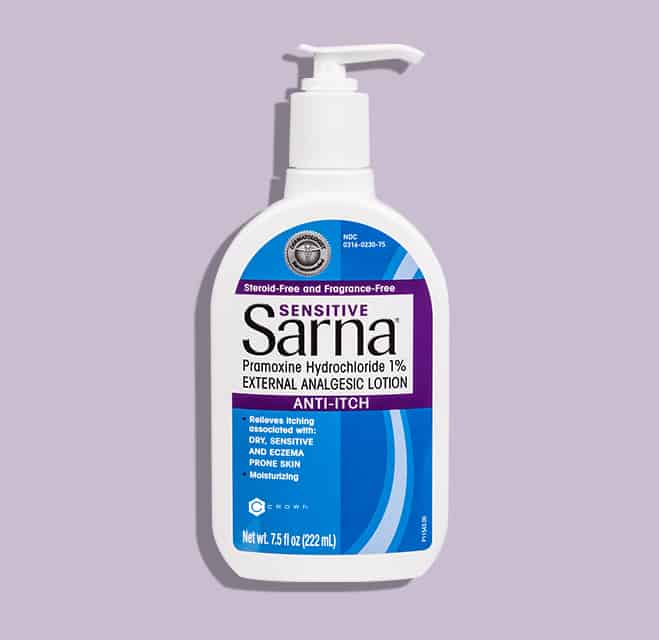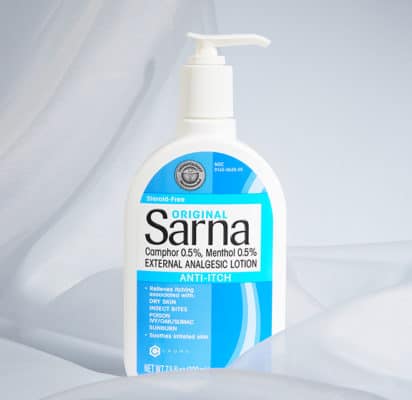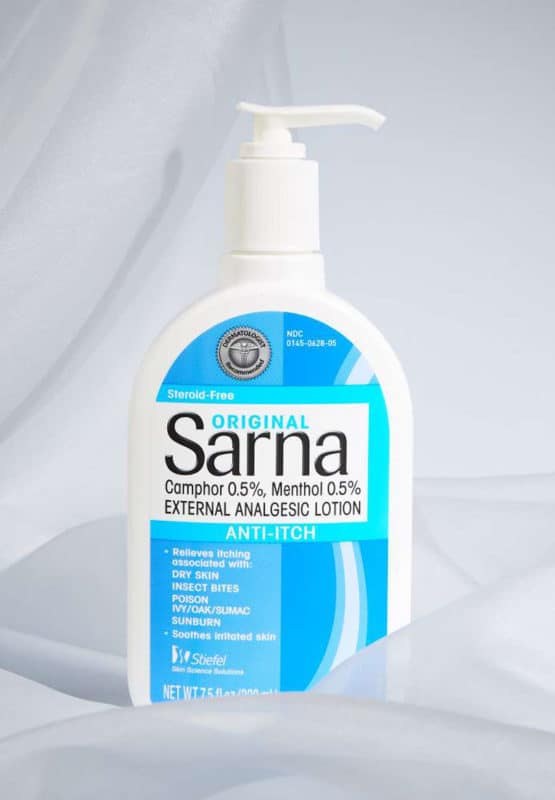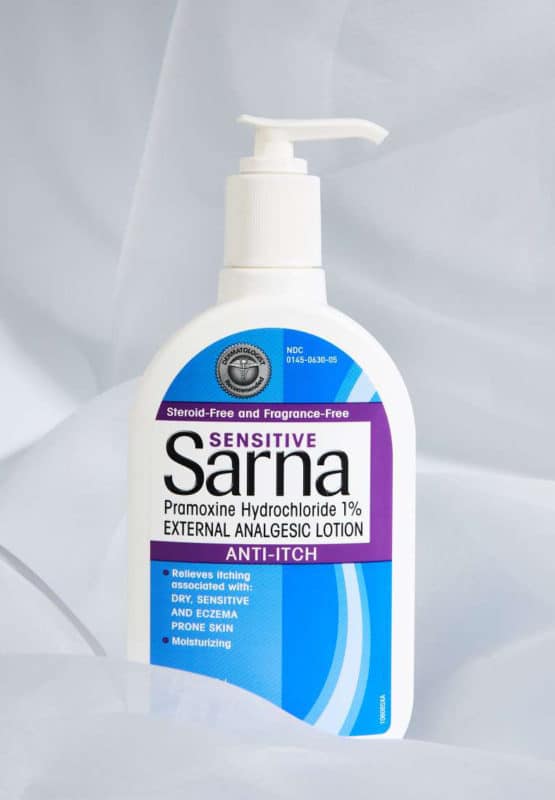Living With Eczema: Tips for Parents
It’s not easy watching your child suffer with eczema. A bad flare-up can mean sleepless nights, leaving the whole family exhausted and miserable. But learning how to care for eczema prone skin can help you stop attacks before they happen and soothe symptoms when they do occur.








